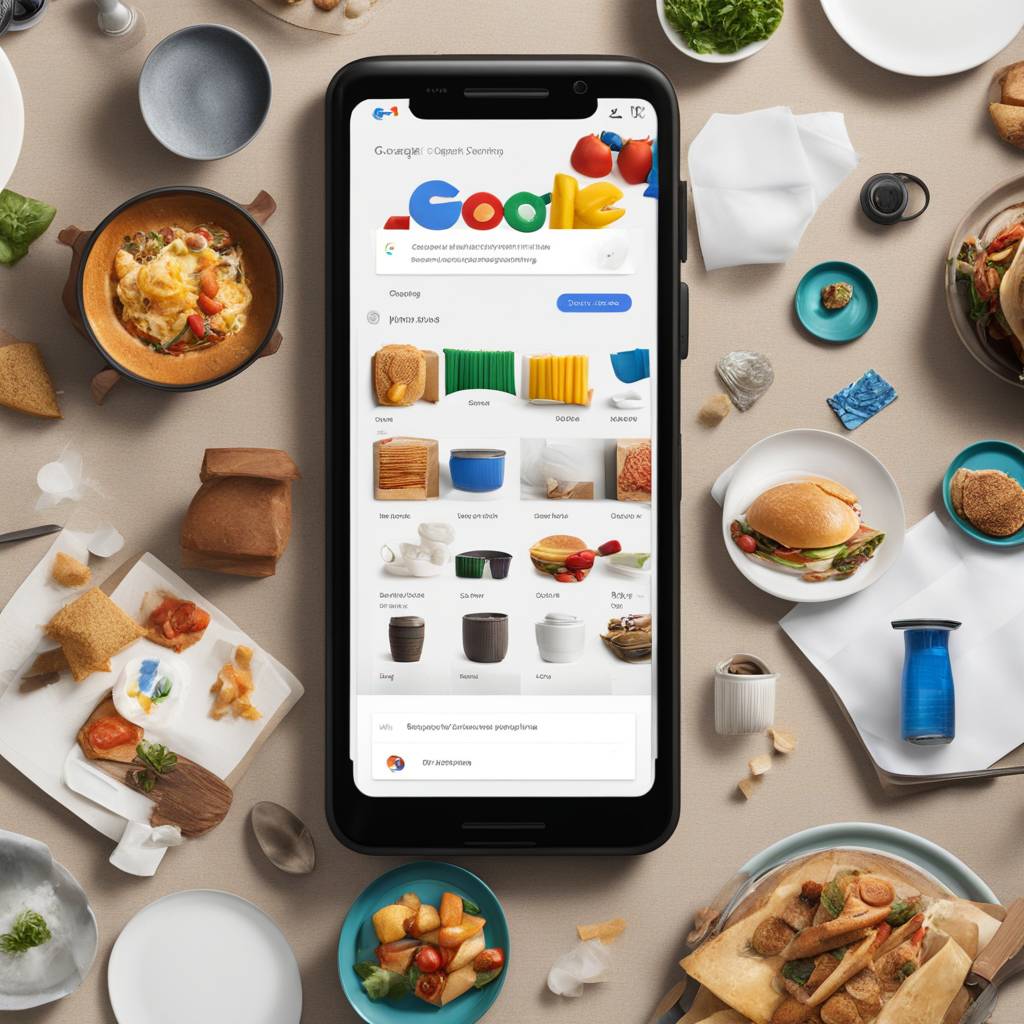In the world of online shopping, Google is revolutionizing the way consumers find products with its Shopping Graph. Each day, billions of product listings are presented to shoppers, constantly updated with the latest information on pricing, availability, and shipping details. However, the sheer number of options can lead to Choice Overload, where buyers become overwhelmed and unable to make a decision. To combat this, Google has introduced new features aimed at personalizing and streamlining the shopping experience.
One such feature is “style recommendations,” allowing users to rate apparel, shoes, and accessories to refine search results in real-time. This feedback mechanism helps shoppers discover products that align with their tastes more swiftly while brands can optimize their product listings based on this data. Google’s focus on AI image generation also helps users find apparel that matches their exact mental picture by generating photorealistic images of potential outfits that match shoppable options on the platform. Additionally, the new virtual try-on tool allows shoppers to see how clothes look on models of different sizes, skin tones, body shapes, ethnicities, and hair types, ultimately reducing returns.
According to Sean Scott, VP/GM of Consumer Shopping at Google, the platform receives more than a billion shopping searches daily, with over 45 billion product offers in the Shopping Graph. These new features are designed to make it easier for shoppers to find the perfect product and tailor their shopping experience. By leveraging AI image generation and virtual try-ons, Google aims to provide a more personalized and realistic product view pre-purchase, reducing uncertainty during the product discovery phase and minimizing returns which cost brands billions annually.
Keith Fix, CEO of Retail Aware, notes that the new tools offered by Google will make online shopping easier and more personalized for consumers, leading to higher sales and increased loyalty for brands. By allowing shoppers to specify their preferences and offering virtual try-ons, brands can better target product discovery and lower return rates, reducing overall direct-to-consumer costs. With Google’s focus on personalization and AI-enhanced shopping experiences, both shoppers and retailers stand to benefit from a more efficient and interactive online shopping journey.
As Google and other ecommerce platforms continue to enhance shopping features, retailers must stay ahead by leveraging these tools to maximize their online presence and engage with their audience in meaningful ways. The evolution of personalized shopping experiences and AI integration is aimed at addressing long-standing hurdles around online shopping, providing users with a more streamlined, efficient, and tailored shopping experience. By embracing these innovations, retailers can enhance customer loyalty, increase sales, and reduce returns, ultimately driving success in the competitive online marketplace.













